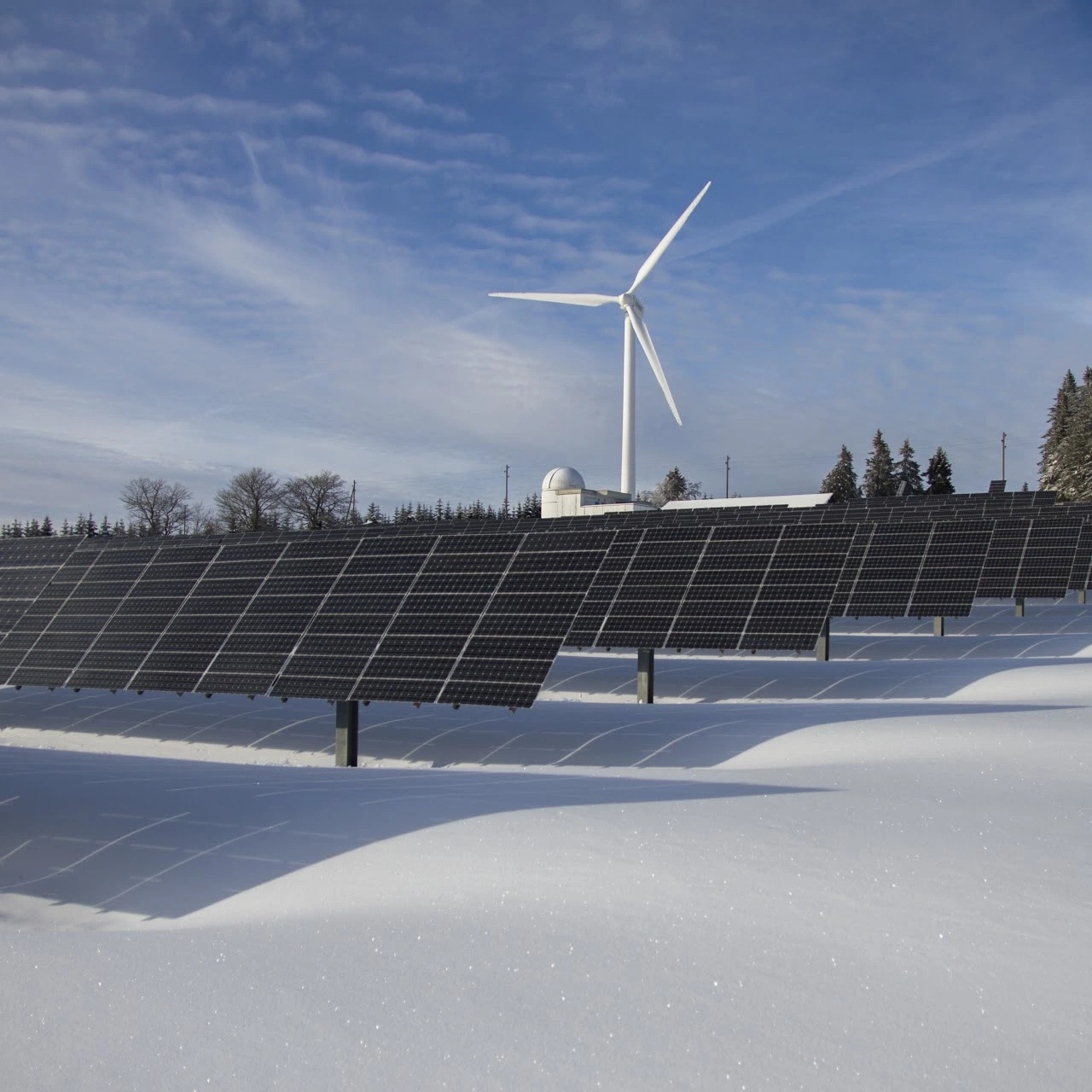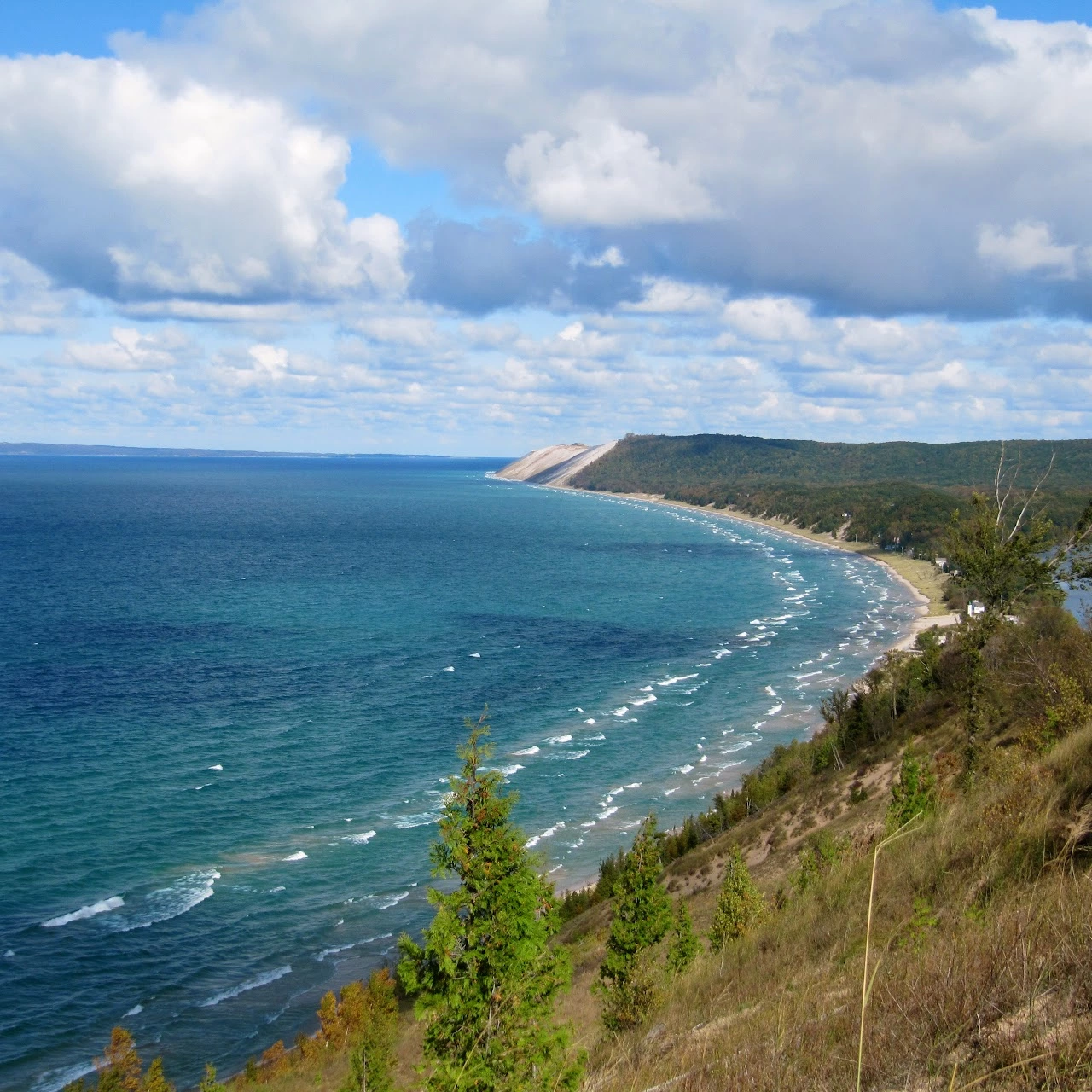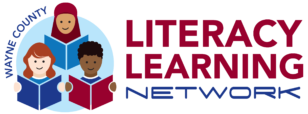Fourth Grade Science Storyline
The performance expectations in fourth grade help students formulate answers to questions such as: “What are waves and what are some things they can do? How can water, ice, wind and vegetation change the land? What patterns of Earth’s features can be determined with the use of maps? How do internal and external structures support the survival, growth, behavior, and reproduction of plants and animals? What is energy and how is it related to motion? How is energy transferred? How can energy be used to solve a problem?”
Fourth grade performance expectations include PS3, PS4, LS1, ESS1, ESS2, ESS3, and ETS1 Disciplinary Core Ideas from the NRC Framework. Students are able to use a model of waves to describe patterns of waves in terms of amplitude and wavelength, and that waves can cause objects to move. Students are expected to develop understanding of the effects of weathering or the rate of erosion by water, ice, wind, or vegetation. They apply their knowledge of natural Earth processes to generate and compare multiple solutions to reduce the impacts of such processes on humans. In order to describe patterns of Earth’s features, students analyze and interpret data from maps.
Fourth graders are expected to develop an understanding that plants and animals have internal and external structures that function to support survival, growth, behavior, and reproduction. By developing a model, they describe that an object can be seen when light reflected from its surface enters the eye. Students are able to use evidence to construct an explanation of the relationship between the speed of an object and the energy of that object.
Students are expected to develop an understanding that energy can be transferred from place to place by sound, light, heat, and electric currents or from object to object through collisions. They apply their understanding of energy to design, test, and refine a device that converts energy from one form to another.
The crosscutting concepts of patterns; cause and effect; energy and matter; systems and system models; interdependence of science, engineering, and technology; and influence of engineering, technology, and science on society and the natural world are called out as organizing concepts for these disciplinary core ideas. In the fourth grade performance expectations, students are expected to demonstrate grade-appropriate proficiency in asking questions, developing and using models, planning and carrying out investigations, analyzing and interpreting data, constructing explanations and designing solutions, engaging in argument from evidence, and obtaining, evaluating, and communicating information. Students are expected to use these practices to demonstrate understanding of the core ideas.
Choose a Topic Bundle
Select the specific Topic Bundle for the associated resources. You can read more about topic bundling here.

Energy
What is energy and how is it related to motion? How is energy transferred? How can energy be used to solve a problem?

Waves
What are waves and what are some things they can do?

Structure & Function
How do internal and external structures support the survival, growth, behavior, and reproduction of plants and animals?

Processes that Shape the Earth
How can water, ice, wind and vegetation change the land? What patterns of Earth’s features can be determined with the use of maps?
Designed to Supplement
Neither reading about science nor engaging in “hands-on” activities in isolation are sufficient to achieve science or literacy goals.
The resources on this page were created to support, not replace high-quality Tier 1 science and literacy instruction. Visit our additional resources page for more information on content integration.





